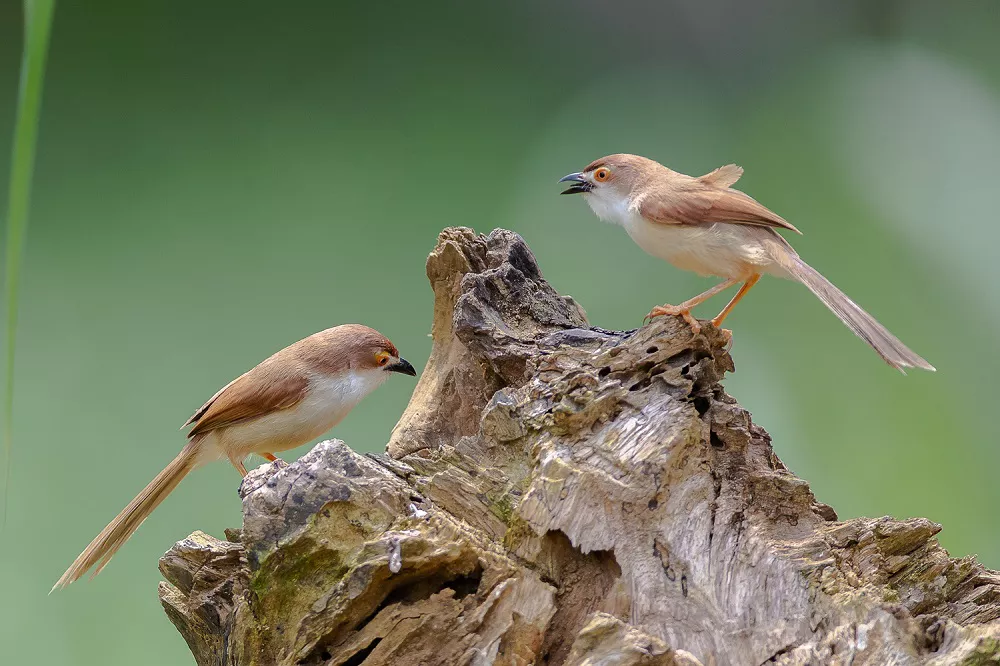Finches are a group of small, brightly colored birds that belong to the family Fringillidae. There are many different species of finches, each with its own unique characteristics, including the appearance of their eggs.
Firstly, it is important to note that finch eggs come in a range of colors and patterns, depending on the species. However, there are some general characteristics that are common to most finch eggs.
- Size and Shape
Finch eggs are typically small and oval-shaped, with a pointed end at one side. The size of the egg can vary depending on the species of finch, but generally, they are around 1-2 centimeters in length and 1-1.5 centimeters in width. The eggs are quite small compared to the size of the bird that lays them.
- Color
Finch eggs come in a variety of colors, ranging from white to pale blue or green, to dark brown with speckles. The color of the egg can provide important camouflage to protect the eggs from predators. For example, a nest that is built in a tree with green leaves may have eggs that are greenish in color, blending in with their surroundings.
- Pattern
Finch eggs can also have different patterns on them. Some eggs may have spots or speckles, while others may have more distinct lines or markings. These patterns are unique to each species of finch and can help to identify which bird laid the egg.
- Texture
The surface of a finch egg is smooth and hard, providing protection for the developing chick inside. The texture of the eggshell can vary slightly depending on the species of finch, but they are generally quite hard and resilient.
- Incubation and Hatching
Finch eggs are incubated by the female bird for around 10-14 days before hatching. During this time, the female will keep the eggs warm and protected, turning them regularly to ensure that the developing chick is healthy. Once the chick is ready to hatch, it will use a special egg tooth to crack open the eggshell and emerge into the world.
In conclusion, finch eggs are small, oval-shaped, and come in a range of colors and patterns. The color and pattern of the egg can provide important camouflage to protect the eggs from predators. Incubation of the eggs is carried out by the female finch, and once hatched, the chick will use a special tooth to crack open the eggshell and emerge into the world. Understanding the appearance and characteristics of finch eggs is an important aspect of studying these fascinating birds.


 Facebook
Facebook  Instagram
Instagram  Youtube
Youtube 